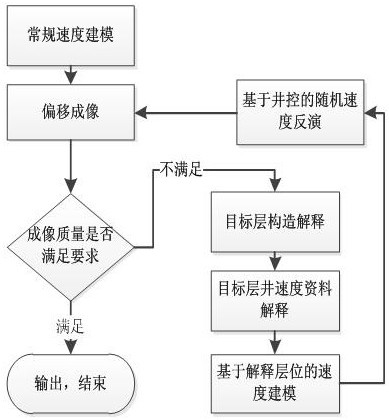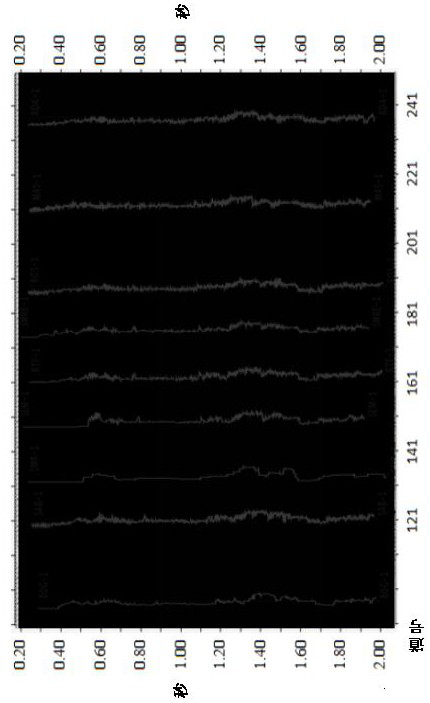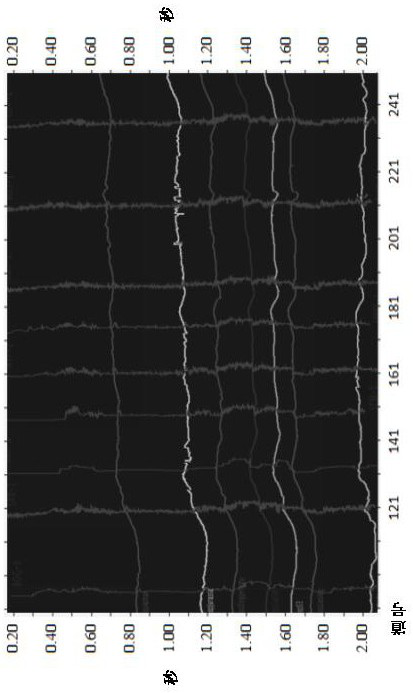Velocity Inversion Method Based on Vertical and Horizontal Space Constraints
A space-constrained, velocity inversion technology, applied in seismic signal processing and other directions, can solve problems such as difficulty in obtaining inversion results, and achieve the effect of improving accuracy
- Summary
- Abstract
- Description
- Claims
- Application Information
AI Technical Summary
Problems solved by technology
Method used
Image
Examples
Embodiment Construction
[0028] In order to make the above and other objects, features and advantages of the present invention more comprehensible, the preferred embodiments are listed below and shown in the accompanying drawings in detail as follows.
[0029] Velocity mutations often occur in complex structural regions. Because the velocity field obtained by conventional velocity inversion algorithms has a certain average effect, it is difficult to reflect the velocity mutations in common velocity inversion methods. This problem can be solved if the boundary of velocity mutation can be artificially controlled to achieve subregional inversion of velocity. Different subsurface regions can be distinguished by using interpreted horizons and faults, and vertical partition boundaries can be established using layered data from well logs. And the average velocity value of each layer can be calculated by using the logging data, and the background velocity of the sub-area can be established. On this basis, th...
PUM
 Login to View More
Login to View More Abstract
Description
Claims
Application Information
 Login to View More
Login to View More - R&D
- Intellectual Property
- Life Sciences
- Materials
- Tech Scout
- Unparalleled Data Quality
- Higher Quality Content
- 60% Fewer Hallucinations
Browse by: Latest US Patents, China's latest patents, Technical Efficacy Thesaurus, Application Domain, Technology Topic, Popular Technical Reports.
© 2025 PatSnap. All rights reserved.Legal|Privacy policy|Modern Slavery Act Transparency Statement|Sitemap|About US| Contact US: help@patsnap.com



